by Mary Hrovat

When I was a child, one of my favorite colors in the box of 64 crayons was midnight blue. I thought the deep blue color was beautiful, but I was also drawn to the word midnight. One of my favorite things was to stay up late at night. It seemed to me that something interesting happened to time after everyone else was asleep.
I’ve always been fascinated by the passage of time. When I was a child, it seemed mysterious to me somehow. It’s hard to describe, but let me try. (My earliest memories have been overlain by decades of interpretation and other memories, so I’m feeling my way here.) As best I remember, I felt immersed in a flow of events that varied without accumulating noticeably. Experience added up only very slowly to something larger or more abstract than the moment. It was (it still is) hard for me to hover above the flood of details that surrounded me and see that the flow of time is a river, carrying me to someplace new. Life often surprised (and surprises) me.
It is always now, for everyone. For me, somehow the constant nowness of life dominates my consciousness to the point that I tend to think about things such as how today becomes yesterday. Midnight is when a new day officially begins, but there’s something about the appearance of a new day that the movement of the second hand on a clock can’t capture.
As a consequence of the way I experience time, I’m also fascinated by transitions. I especially enjoy observing nature’s slow gradual changes. As a child, I loved to watch all the signs of evening’s approach: sunset, twilight, street lights and lights in houses coming on. When I was maybe 12 or 13, I drew maps of the neighborhood as I could see it from various rooms in the house, and I noted the times at which various lights were turned on. If I was up late enough, I wrote down the times at which some of the lights were turned off. I couldn’t tell you now why the clock times mattered that much to me. Read more »





 How are we to live, to work, when the house we live in is being dismantled? When, day by day, we learn that programs and initiatives, organizations and institutions that have defined and, in some cases, enriched our lives, or provided livelihoods to our communities, are being axed by the dozen? Can one, should one, sit at the desk and write while the beams of one’s home are crashing to the floor? Or more accurately: while the place is being plundered? There have been moments of late when I’ve feared that anything other than political power is frivolous, or worse, useless. In those moments, I myself feel frivolous and useless. And worse than that is the fear that art itself is useless. Not to mention the humanities, which right now in this country is everywhere holding its chin just above the water line to avoid death by drowning. It can take some time to remember that these things are worth our while, not because they’ll save us today, but because they’ll save us tomorrow.
How are we to live, to work, when the house we live in is being dismantled? When, day by day, we learn that programs and initiatives, organizations and institutions that have defined and, in some cases, enriched our lives, or provided livelihoods to our communities, are being axed by the dozen? Can one, should one, sit at the desk and write while the beams of one’s home are crashing to the floor? Or more accurately: while the place is being plundered? There have been moments of late when I’ve feared that anything other than political power is frivolous, or worse, useless. In those moments, I myself feel frivolous and useless. And worse than that is the fear that art itself is useless. Not to mention the humanities, which right now in this country is everywhere holding its chin just above the water line to avoid death by drowning. It can take some time to remember that these things are worth our while, not because they’ll save us today, but because they’ll save us tomorrow.
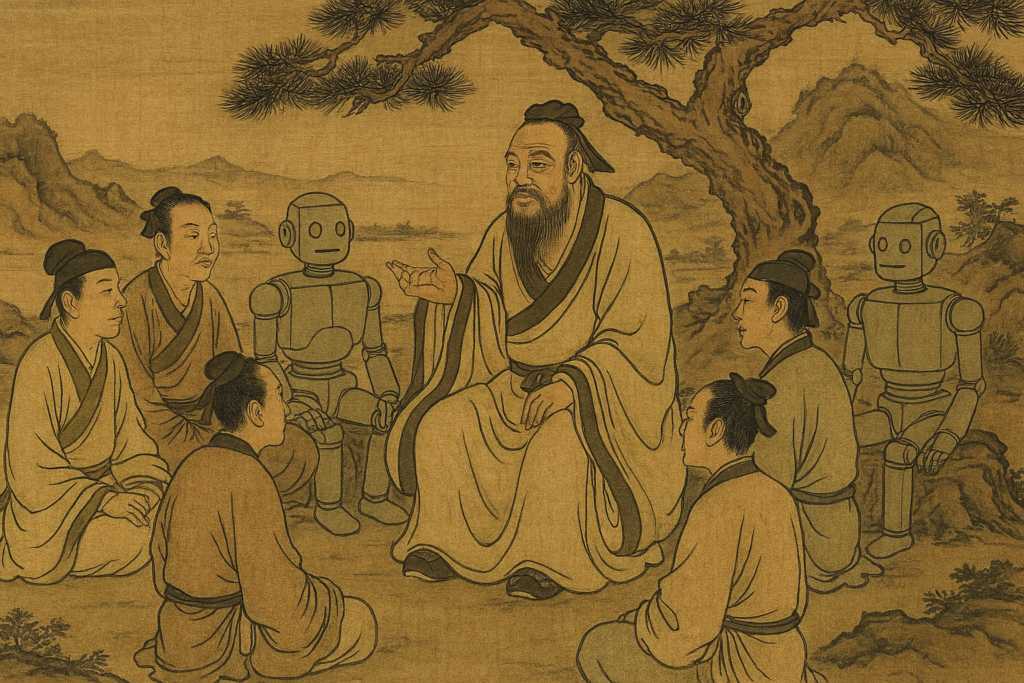

 I love public transportation.
I love public transportation. 
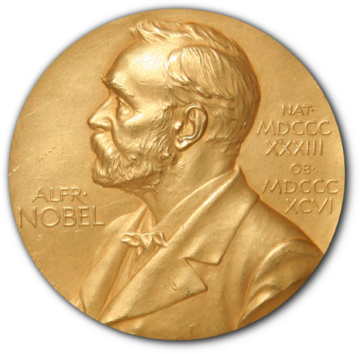 The list of Nobel laureates in physics, chemistry, and medicine includes men and women, Jews, Christians, Muslims, Hindus, Buddhists, and atheists, gay men, lesbians, and cis-scientists, people from Europe, Asia, Africa, North America, South America, and Australia. So, is the ultimate example of meritocracy also the epitome of Diversity, Equity, and Inclusion?
The list of Nobel laureates in physics, chemistry, and medicine includes men and women, Jews, Christians, Muslims, Hindus, Buddhists, and atheists, gay men, lesbians, and cis-scientists, people from Europe, Asia, Africa, North America, South America, and Australia. So, is the ultimate example of meritocracy also the epitome of Diversity, Equity, and Inclusion?


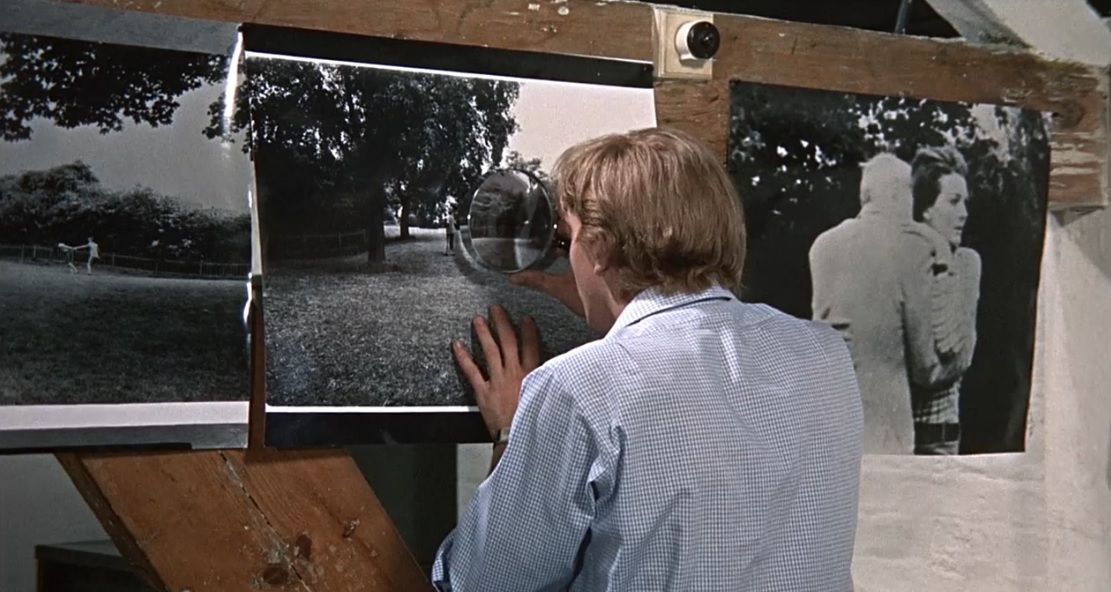 Some weeks ago I made a note to myself on my phone:
Some weeks ago I made a note to myself on my phone:
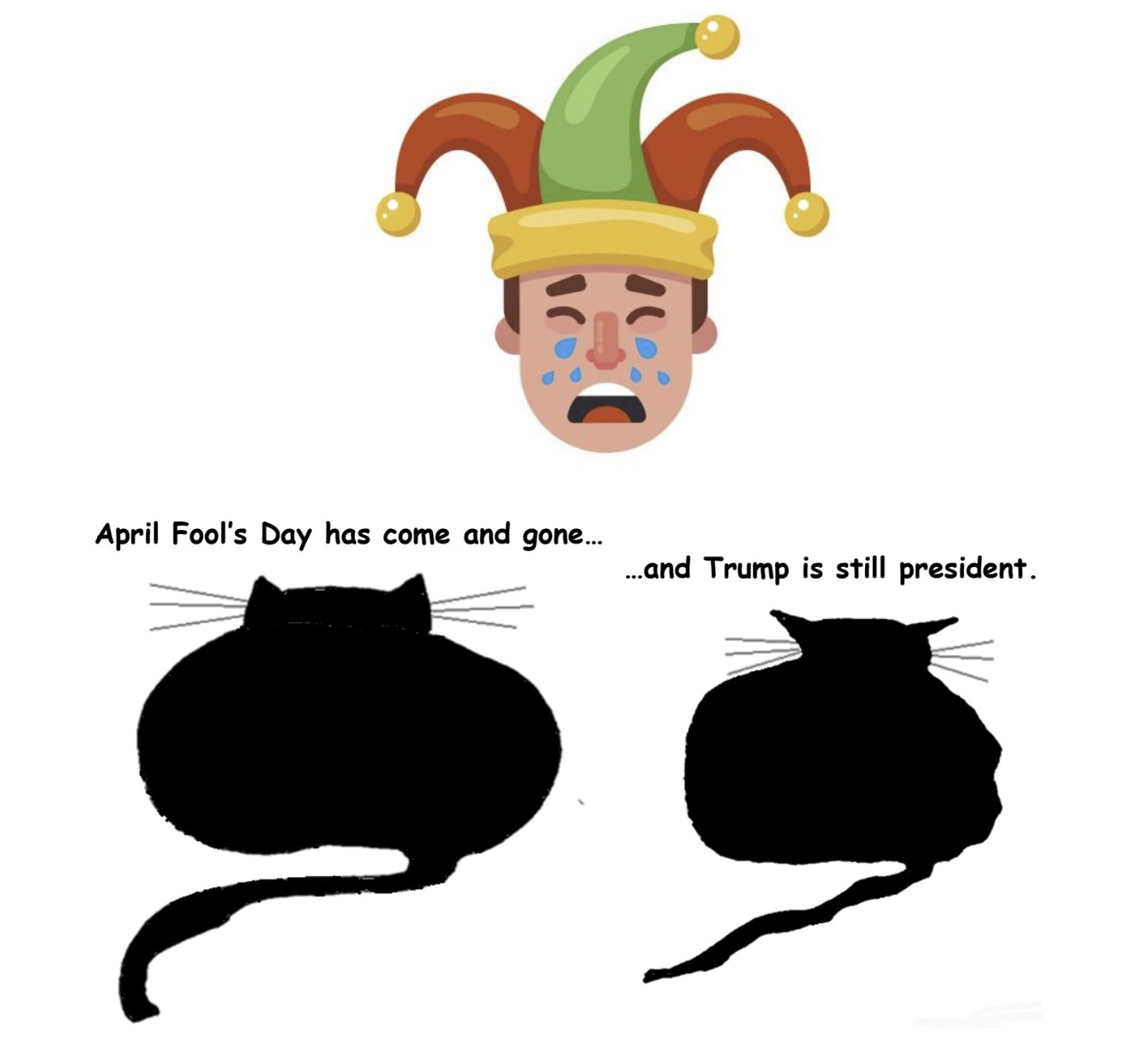
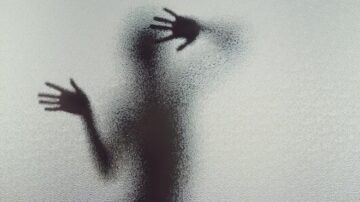 know exactly how it happened, but that’s the gist. She finished taking a shower, pushed on the door to get out, and it wouldn’t open. She jiggled the door, and she banged on the door, and she pushed on the door, and she wiggled the door, and the door would not open.
know exactly how it happened, but that’s the gist. She finished taking a shower, pushed on the door to get out, and it wouldn’t open. She jiggled the door, and she banged on the door, and she pushed on the door, and she wiggled the door, and the door would not open.